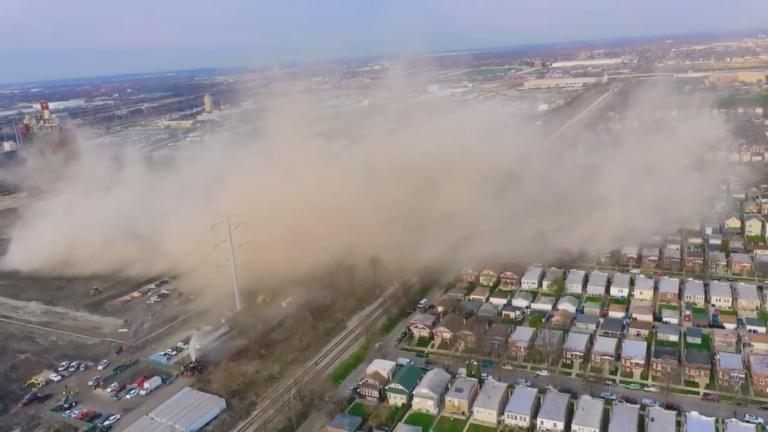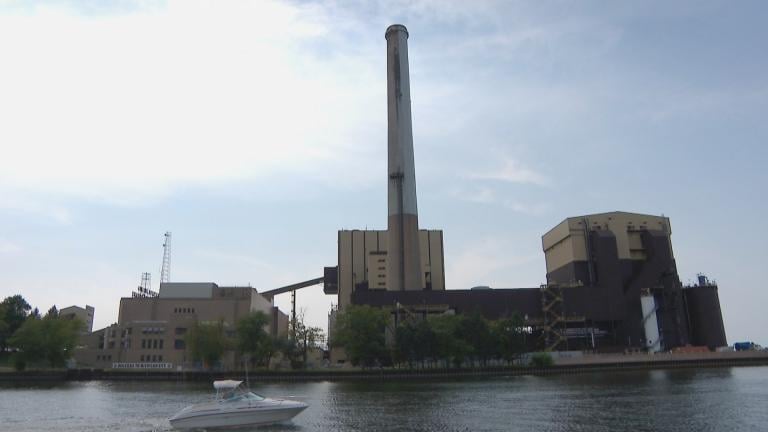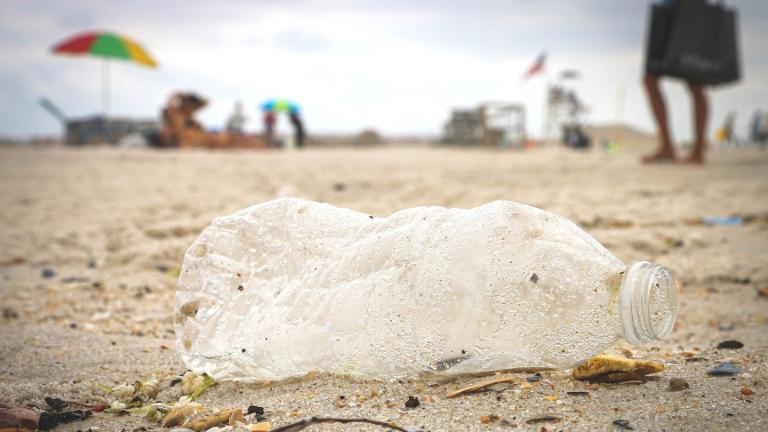 (Karolina Grabowska / Pixabay)
(Karolina Grabowska / Pixabay)
On Tuesday, the Environmental Protection Agency established legally enforceable levels for per-and polyfluoroalkyl substances (PFAS) — also known as “forever chemicals” — in drinking water.
For Chicagoans wondering what this means for the city’s Department of Water Management, the answer is, “not much.”
The department began proactively testing for the presence of PFAS more than a decade ago, and conducted its most recent test in January.
All studies to date have yielded “non-detect” results, meaning if any PFAS were present, levels were so low that they couldn’t be detected. Ongoing tests are scheduled for April, July and October, according to a department spokesperson.
Used to repel oil and water and resist heat, PFAS are found in products including nonstick cookware, stain-resistant clothing and firefighting foam. Exposure to certain PFAS over a long period of time can cause cancer and other illnesses, according to the EPA.
Drinking water is one way people can be exposed to PFAS, but that exposure is typically linked to systems that draw water from the ground as opposed to surface water like the Great Lakes. Chicago draws its drinking water from Lake Michigan.
The EPA estimates that between about 6-10% of the 66,000 public drinking water systems subject to this rule may have to take action to reduce PFAS to meet these new standards. All public water systems have three years to complete their initial monitoring for these chemicals.
Nearly $1 billion in funding is being made available to help states, territories and owners of private wells implement PFAS testing and treatment.
“This is an essential step, but we must do more to prevent these chemicals from getting into our environment, our waters, including the Great Lakes, our fish, and our bodies,” Ann Mesnikoff, federal legislative director with the Environmental Law and Policy Center, said in a statement.
“More study and testing are needed to continue identifying the sources of PFAS contamination, not only in water, but also in soil, which can become contaminated through the application of biosolids and industrial waste,” Mesnikoff said.
Contact Patty Wetli: @pattywetli | (773) 509-5623 | [email protected]








